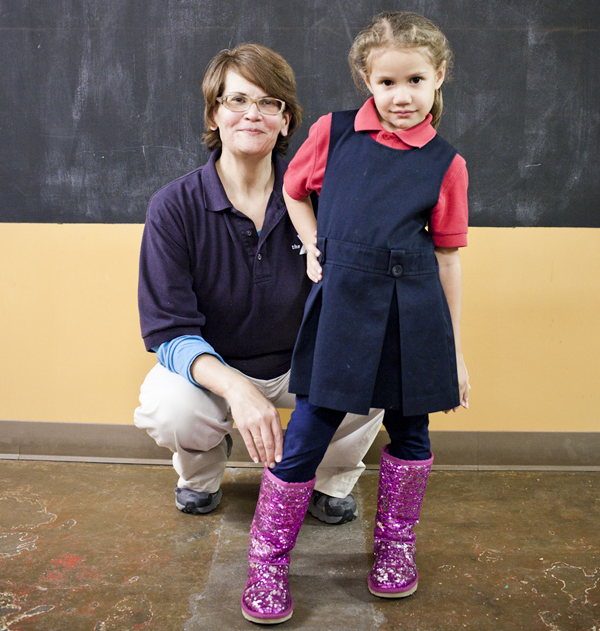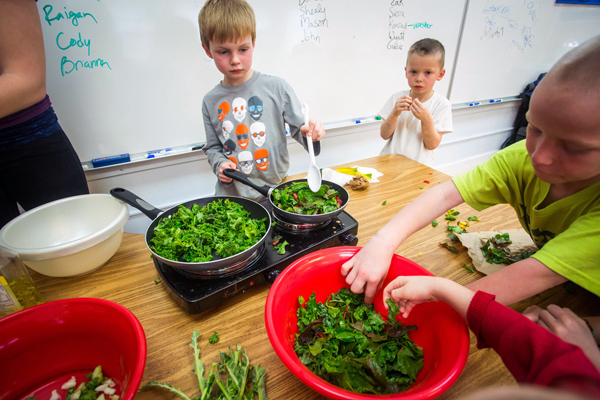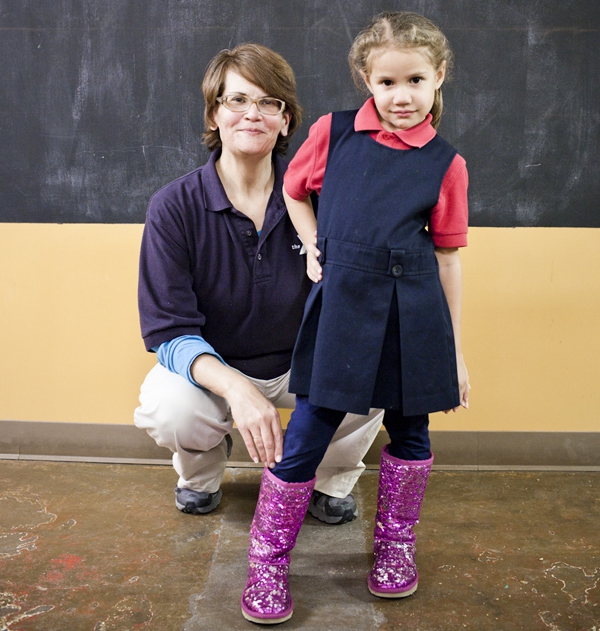 Any well-trained organizer can rattle off the importance of storytelling as a means to building relationships in service to a campaign or a cause. First, there is the story of self. Who are you and why do you care about the issues in question? What is it about your experience, identity or place in the world that motivates you to do something about it?
Any well-trained organizer can rattle off the importance of storytelling as a means to building relationships in service to a campaign or a cause. First, there is the story of self. Who are you and why do you care about the issues in question? What is it about your experience, identity or place in the world that motivates you to do something about it?
Second, there is the story of us—who are you and I together, and what are our shared values and hopes that lead us to do something to change the world we live in? What motivates us to act collectively? Finally, there is the story of now. What is happening in the world at this moment in time to compel us to act together out of our sense of common values, hopes and dreams? Crafting an authentic and compelling narrative is at the core of successful collective action.
Yet, storytelling is so much more than an organizing tactic or a marketing tool. As old as time itself, storytelling has been a primary way to make sense out of the world around us—retelling what has come before in order to understand what is happening now in order to shape what comes next. It’s an act of resistance—calling us to remember the tragedies, injustices and pain of the past as well as the triumphs and lessons from previous struggles. It’s an act of healing as we connect with others who we may never have the opportunity to sit down with face-to-face but whose experiences and worldviews resonate with our own. It’s in those moments of resonance and connection that a shared or public narrative emerges from a collection of singular stories.
 By telling our own stories we reveal the truth of our own lives and our own experiences; and when our stories are heard, they challenge or affirm the experiences and assumptions of others. In this way, storytelling can fuel social movements by iteratively and generatively building a narrative about the systems that need dismantling and the ones that need constructing. A collective narrative, however, does not mean that it’s all the same. Its power and agency lies in the multiplicity of voices and experiences that come together to say it is time to act together now based on a set of shared hopes for a different kind of world—it might be expressed through your community’s experience with public education or my community’s experience with environmental toxins. But each of our stories builds towards a public narrative that exposes the social, economic or political systems that prevent us from living lives of dignity and self-determination.
By telling our own stories we reveal the truth of our own lives and our own experiences; and when our stories are heard, they challenge or affirm the experiences and assumptions of others. In this way, storytelling can fuel social movements by iteratively and generatively building a narrative about the systems that need dismantling and the ones that need constructing. A collective narrative, however, does not mean that it’s all the same. Its power and agency lies in the multiplicity of voices and experiences that come together to say it is time to act together now based on a set of shared hopes for a different kind of world—it might be expressed through your community’s experience with public education or my community’s experience with environmental toxins. But each of our stories builds towards a public narrative that exposes the social, economic or political systems that prevent us from living lives of dignity and self-determination.
By launching our digital storytelling site, we at WhyHunger are seeking to amplify the voices of those who are deeply impacted domestically and globally by the corporatization and consolidation of the production, marketing and distribution of food. In some cases, we are telling those stories based on interviews with community-based leaders and communities on the front lines; in other cases, we are providing the platform for those stories to be told through a variety of media by the grassroots leaders themselves.
Director of Communications Debbie Grunbaum explained, “With this digital storytelling project, we’re not asking our supporters to give or do anything. We’re just asking you to relate, to engage, to care. From there it builds the base from which you can act. It builds support for the movement, not just a single non-profit.” The purpose is to amplify and begin to weave together stories of loss, stories of triumph, stories of love, stories of destruction and stories of innovation into a variegated fabric of different textures and colors that grows stronger with each additional thread. These stories communicate that a new world is not only possible but, as author and environmental activist Arundahti Roy said, she is already on her way.
In fall 2014 WhyHunger launched Community Voices, a digital storytelling site showcasing voices of leaders and communities across the country on the front lines of food justice.



